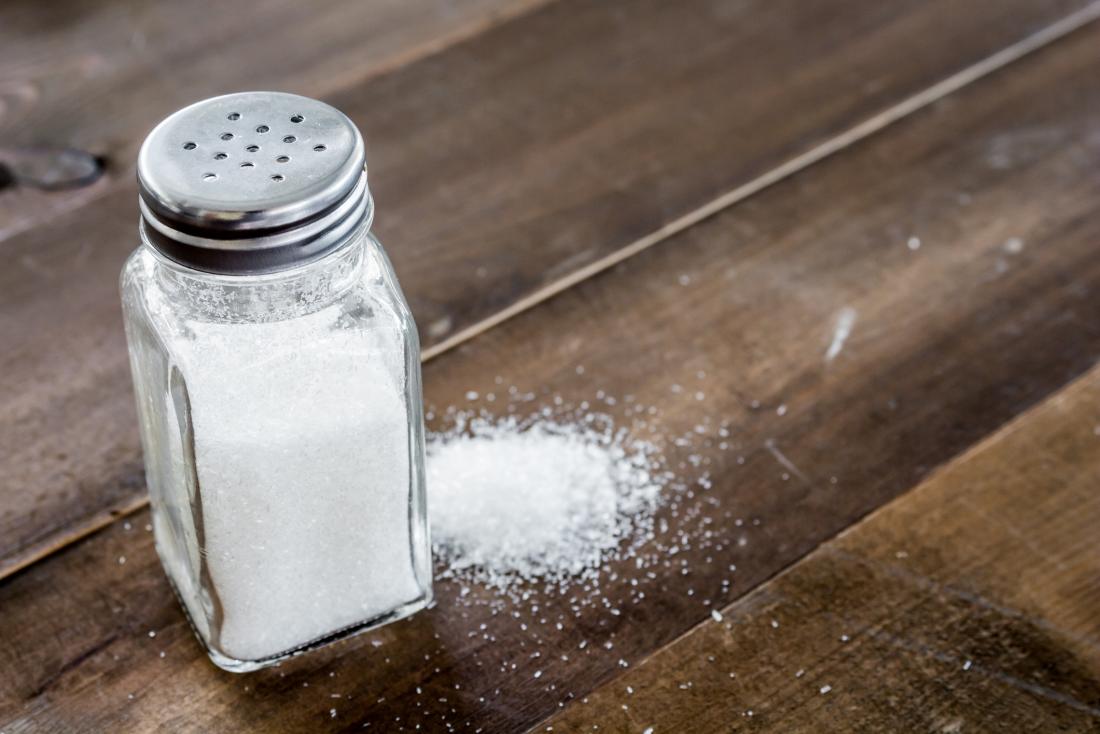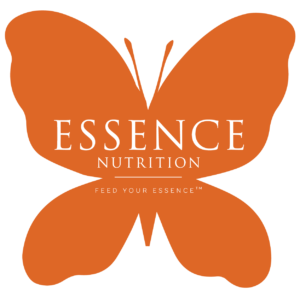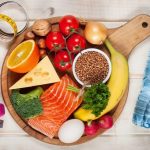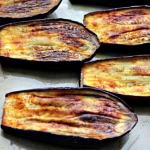We consider added sugar a bigger offender than salt — but added salts can really add up and contribute to cardiovascular disease. Enjoy the real and natural taste of foods — let that flavor shine without doctoring it up with SO much salt. Know that fresh fruits, vegetables, raw nuts/seeds, raw nut butters, eggs, meat, chicken, pork, fish, potatoes, pasta, rice, grains, etc. barely have any sodium — it’s when we cook/prepare/process them that salt numbers skyrocket. Sprouted bread, fermented foods, broth, mustard, miso, tamari, pickled foods, canned beans, smoked fish, artisanal cheeses, canned fish, and cottage cheese, though favorites of ours nutritionally, can also be rather high in salt — though if that’s your only added salt source in your daily intake- NBD, but layering salty food upon salty food can result in too much. Keep in mind milligrams of sodium per day as a whole. Start tallying up salt in your normal everyday foods and see where you land.
- Be a Savvy Salty Shopper
Buy fresh frozen or non-salt added canned vegetables
Choose food packed in water instead of broth or salt
Choose foods label “low sodium” “sodium free” or “no salt added”
Buy fresh garlic or garlic powder instead of garlic salt
Eat fresh vegetables and fruit instead of salty snacks (read: “processed” snacks — even the “healthy” ones. A banana and raw almond butter is a better choice than a protein bar… for so many reasons!) - Desalinify Your Kitchen
• Slowly scale back on the amount of salt added when cooking until you use a minimal amount — or consider halving what is called for in a recipe and decreasing from there. Salt is very important in cooking — but a little goes a LONG way.
• Rely on SPICES for flavoring foods — not salt
• Do not add salt to the water when cooking beans, rice, pasta, and vegetables
• Cut back on meats high in sodium, such as bologna, ham, hot dogs, and sausage (these are not great for health, anyways!)
• Rinse all canned products to reduce the amount of sodium
Use reduced sodium bouillon cubes and tamari sauce (a better alternative to soy sauce). If you use these condiments do not add salt your food. - Other Salty Suave Hacks
• Fill the table saltshaker with a mixture of herbs and spices. Use it instead of salt to flavor foods. For example, try this recipe:
2 tablespoons of black pepper
1 tablespoon of cayenne pepper
1 tablespoon of paprika
1 tablespoon of onion powder
1 tablespoon of garlic powder
1 Bay leaf, ground
• Keep the salt shaker NOT on the table — so you’d have to get up and go get it — at mealtimes
• When eating out — ask that dishes are prepared with as little salt as possible and not garnished with salt at the end
• Taste your food before you add seasoning — a lot of times we just add salt out of habit
Your physician and dietitian can help determine a happy daily sodium intake for you. Keep in mind — a normal blood pressure should be below 120/80 mmHg.
